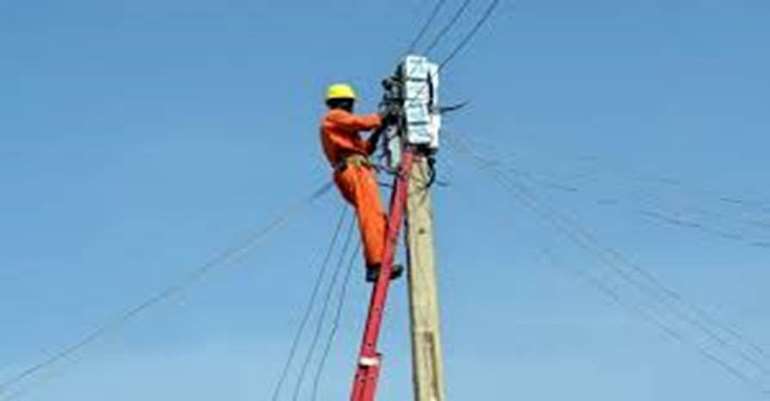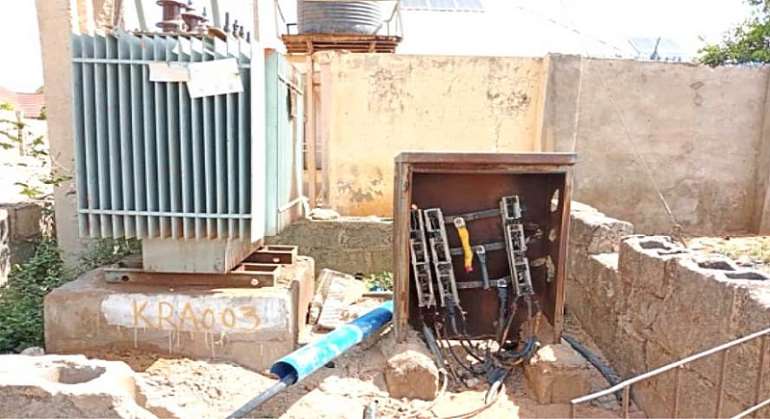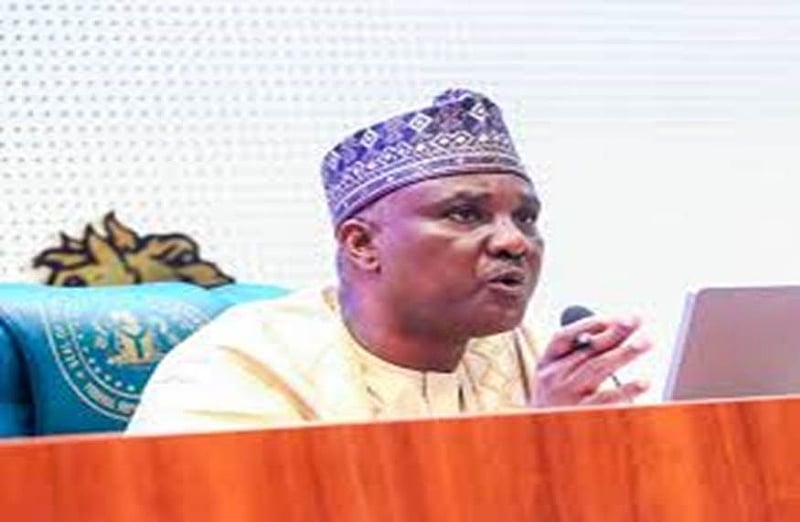In December 2024, Nigeria’s President Bola Ahmed Tinubu approved a $1 billion financing initiative for the Rural Electrification Agency (REA). That approval was meant to signal a renewed commitment of the federal government to narrowing the gap among the people accessing electricity in Nigeria. At the First Legislative Conference and Expo on Renewable Energy, the Speaker of the House of Representatives, Rt. Hon. Abbas Tajudeen, announced that Nigeria would be aiming to help provide electricity for 300 million Africans in the next five years, by 2030. This declaration was both ambitious and visionary but it was also a challenge to the reality on the ground .
Nigeria, despite being rich in natural and human resources, is currently struggling to provide uninterrupted electricity to its own citizens. Even a city like Abuja, the federal capital territory, has continued to suffer from erratic electricity supply. It is estimated that only about 55% of Nigerians have access to electricity, and those who do receive it often get less than 8 hours a day. Against this backdrop, how can Nigeria realistically assume a continental leadership role in electrifying Africa?
As of 2024, Nigeria was home to over 220 million people, with an estimated 90 million lacking access to electricity. This figure represents the largest number of people without electricity in any single country in the world. Nigeria’s installed power generation capacity is around 13,000 megawatts (MW), but on most days, less than 4,000 MW is transmitted to the grid due to technical faults, maintenance issues, gas shortages, or infrastructural limitations. The national grid has even become the gossip because of its frequent collapses. In 2023 alone, the grid collapsed more than five times, leading to nationwide blackouts. Much of the transmission infrastructure dates back to the 1960s and 1970s, and although there have been some modernization efforts, the pace has been painfully slow.
While such urban cities as Lagos, Abuja and Port Harcourt receive relatively better electricity services, rural Nigeria remains largely in the dark. Some regions, especially in the North-East and North-West, have communities that have never been connected to the grid for the first time. This rural electrification gap is a massive barrier to inclusive development, let alone continental leadership. Therefore, Nigeria as the largest economy in Africa, must seek to align its economic weight with infrastructure leadership.
Helping to electrify Africa fits into broader goals of regional integration, industrial development, and trade facilitation, especially under the African Continental Free Trade Area (AfCFTA) framework. Leadership in Africa’s electrification will definitely offer Nigeria an opportunity to reassert itself in African geopolitics, especially after years of internal instability, slow reforms, and eroding influence on the continent. And it is to the country’s credit that, to a significant extent, President Tinubu’s administration appears keen on regaining diplomatic momentum through strategic infrastructure leadership.

To be sure, Nigeria has immense renewable energy potential. There is solar irradiation of over 5.5 kWh/m²/day. There is untapped hydropower capacity of about 11,000 MW. There are wind and biomass opportunities. Therefore, given growing international climate commitments and donor interest, Nigeria can use green energy as a springboard for its leadership role in Africa.
However, even in the face of its determination and ambition, Nigeria will have to deal with multiple systemic challenges before it can effectively export electrification solutions to the African continent. It is inconceivable, for example, that a country will lead others out of darkness while its own home is in near-total darkness. Therefore, 24 hours a day, 7 days a week electricity supply for key Nigerian cities is a non-negotiable precondition for its credible African leadership. Nigeria must understand that charity begins at home and consequently, increase actual electricity delivery, not just installed capacity; invest heavily in grid reliability, automation, and protection systems as well as prioritize energy justice, ensuring that poor rural areas of the country also get access to light.
Furthermore, the current grid cannot support large-scale energy movement, let alone regional exports. Nigeria needs to acquire a smart and modular grid that supports integration with mini-grids, solar home systems and cross-border interconnectors, especially with Niger, Benin and Cameroon. The power sector has long been a graveyard of failed reforms and stolen funds in the past. Projects like the National Integrated Power Projects (NIPPs) and various independent power projects (IPPs) suffered from incomplete execution, inflated contracts and lack of accountability. Therefore, any new investment must be governed by transparent procurement, citizen oversight, and performance-based disbursements.
Agencies like the REA, NERC (Nigerian Electricity Regulatory Commission), and the Transmission Company of Nigeria (TCN) need capacity building, better coordination, and financial autonomy. Frequent policy flip-flops and regulatory uncertainty do discourage private investors, and slow down project implementation. They should be tackled.

Vandalised transformer in Kebbi State
Another point of concern is that many states of northern Nigeria are plagued by kidnapping, terrorism, banditry, and communal violence. As a result, renewable energy infrastructure, especially solar installation, would be rendered vulnerable to theft and vandalism, if installed. Without better security infrastructure, investors would be reluctant to take these high risks. Currently, power generation and distribution are basically centralized, with only limited space for private initiatives to thrive. Therefore, Nigeria must remove market distortions such as non-cost-reflective tariffs, provide tax incentives for renewable energy investors, strengthen public-private partnerships (PPPs) and decentralize energy governance to states and local governments.
To rise to the challenge and play a genuine leadership role in Africa’s electrification project, Nigeria must adopt a phased but aggressive roadmap that prioritizes results over rhetoric. It must at-least achieve 24-hour electricity in Abuja, Lagos, and Port Harcourt. It must complete ongoing grid projects and reduce system losses to under 10%. It must launch audited and transparent use of the $1 billion REA fund.
It must roll out at least 5,000 solar mini-grids in rural Eastern, Northern and Western Nigeria. It must complement state-level rural electrification boards with matching funds. It must strengthen cross-border energy trade policies with ECOWAS. It must fully connect Nigeria’s grid to West African Power Pool (WAPP). It must export surplus solar and gas-generated electricity to Benin, Togo, Chad and Niger. It must quickly host an African Electrification Summit to coordinate continental action.
If Nigeria takes these steps and builds institutional momentum, it could play a meaningful role in providing electricity to tens of millions of Africans by 2030. However, the 300 million figure is only aspirational. Its success will depend on continental cooperation, donor and multilateral support, technological advancements like cheaper batteries, mobile solar kits, and the stability of peace and security across Nigeria and the African continent.
A more realistic outcome would be Nigeria leading the coordination, policy modelling, and infrastructure financing that enables other African countries to scale their own electrification programmes. Nigeria’s ambition to help electrify 300 million Africans by 2030 is bold and somewhat necessary, but it must be rooted in realistic self-assessment and transparent execution. Leadership in this sector is not about declarations: it is more about service delivery. If Nigeria can solve its domestic energy challenges, it will naturally become a beacon of light for the rest of Africa. The path forward requires courage, investment, discipline, and above all, leadership by example.


